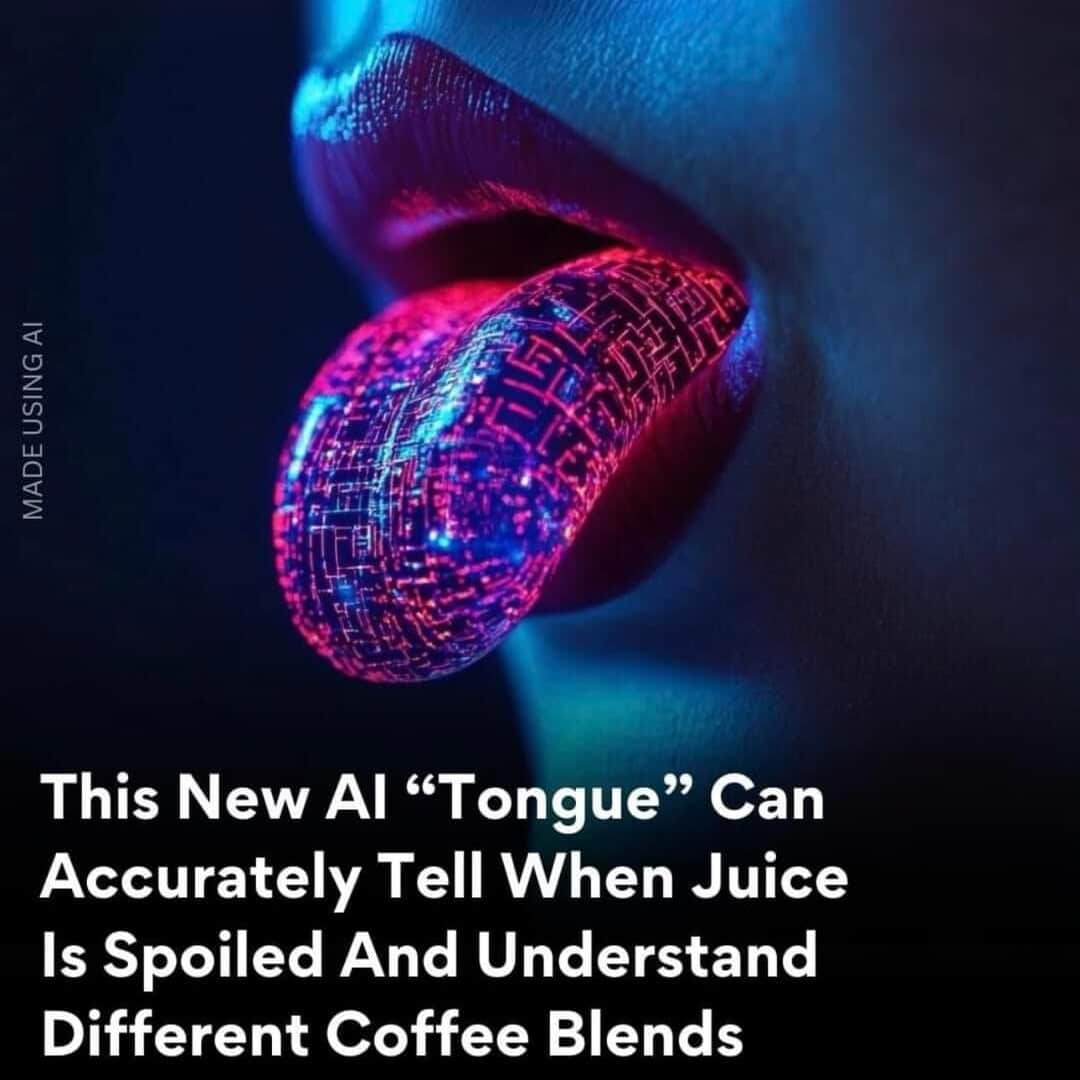Table of Contents
Introduction
In a groundbreaking advancement, scientists have developed an AI-Tongue “electronic tongue” that can distinguish between coffee blends, detect food spoilage, and even identify harmful chemicals in water. This new technology has the potential to revolutionize industries ranging from food safety to environmental monitoring. Here, we explore what the AI tongue is, how it works, and the ways it could shape the future.
What is the AI Tongue?
The AI tongue is an electronic device that uses artificial intelligence to replicate the taste-sensing capabilities of the human tongue. Its unique design allows it to distinguish between subtle flavors and detect changes in substances, a feat that holds tremendous value for quality control in food production, water safety, and beyond. By harnessing AI and advanced sensors, this device is set to become a powerful tool in fields where precise identification of chemicals and compounds is essential.
How the AI Tongue Works
The AI tongue relies on an ion-sensitive field-effect transistor (ISFET) as a sensor, which detects ions—charged particles—in substances, enabling it to analyze acidity levels and chemical compositions. This information is then processed by an artificial neural network, mimicking how the brain interprets taste signals.
The AI component is programmed to interpret and recognize specific chemical profiles, allowing the AI tongue to differentiate between similar substances, such as different coffee blends or various water contaminants.
Key Applications of the AI Tongue
- Distinguishing Coffee Blends
Coffee lovers know that even minor changes in acidity and flavor can dramatically impact the experience. The AI tongue’s ability to detect these differences can help coffee producers maintain quality and create consistent blends. - Food Spoilage Detection
As food spoils, its chemical composition changes, which the AI tongue can detect. This application holds enormous potential for improving food safety, as the device could alert producers and retailers to spoiled products before they reach consumers. - Water Safety Monitoring
Harmful chemicals in drinking water are a significant health concern worldwide. With its sensitivity to chemical changes, the AI tongue could help monitor water quality by identifying dangerous contaminants, providing early warnings and potentially preventing health hazards.
Advancements in AI Accuracy

The AI’s capability to analyze acidity levels and chemical compositions has improved notably with advancements in its learning parameters. Initial testing showed a 91% accuracy rate, which increased to 95% when the AI was allowed to adjust its own parameters. This improvement demonstrates the potential of autonomous AI systems to become more efficient, accurate, and adaptable.
Impact on Food Safety and Environmental Monitoring
The potential of the AI tongue extends beyond simple identification. In the food industry, it could serve as a reliable tool for quality control, minimizing the risk of distributing spoiled or contaminated products. In environmental monitoring, it could provide ongoing surveillance of water sources, detecting contaminants before they reach unsafe levels. Both applications could greatly enhance public health and safety measures.
Potential Benefits for Understanding AI Decision-Making
Another exciting aspect of the AI tongue is its potential to deepen our understanding of AI decision-making. Researchers can observe how the neural network processes different tastes and substances, gaining insights into how AI systems interpret complex data. This information could lead to advancements in transparency, accountability, and even the ethical design of future AI models.
Conclusion
The development of an AI-powered electronic tongue signifies a remarkable leap forward in AI and sensor technology. With applications in food safety, environmental monitoring, and AI interpretability, the AI tongue has the potential to create safer, more reliable standards across industries. Its innovation not only paves the way for better quality control but also for a deeper understanding of AI’s role in processing complex information.
FAQs
1. How does the AI tongue differ from traditional taste sensors?
Unlike traditional taste sensors, the AI tongue uses an artificial neural network to interpret chemical compositions more flexibly, allowing it to set its own parameters for improved accuracy.
2. Can the AI tongue be used in everyday households?
While it is currently aimed at industrial applications, future versions may be adapted for home use in food safety and water monitoring.
3. What industries could benefit most from the AI tongue?
Food and beverage, healthcare, and environmental industries could benefit significantly, as it can help with quality control, safety monitoring, and contamination detection.
4. How does the AI tongue contribute to AI research?
By analyzing how the AI interprets taste and chemical information, researchers gain insights into the AI decision-making process, which could influence future AI model designs.
5. What is the future potential of AI tongue technology?
The AI tongue could evolve to become more sensitive and versatile, potentially serving as a multi-industry tool for identifying chemical compositions and improving safety standards.


